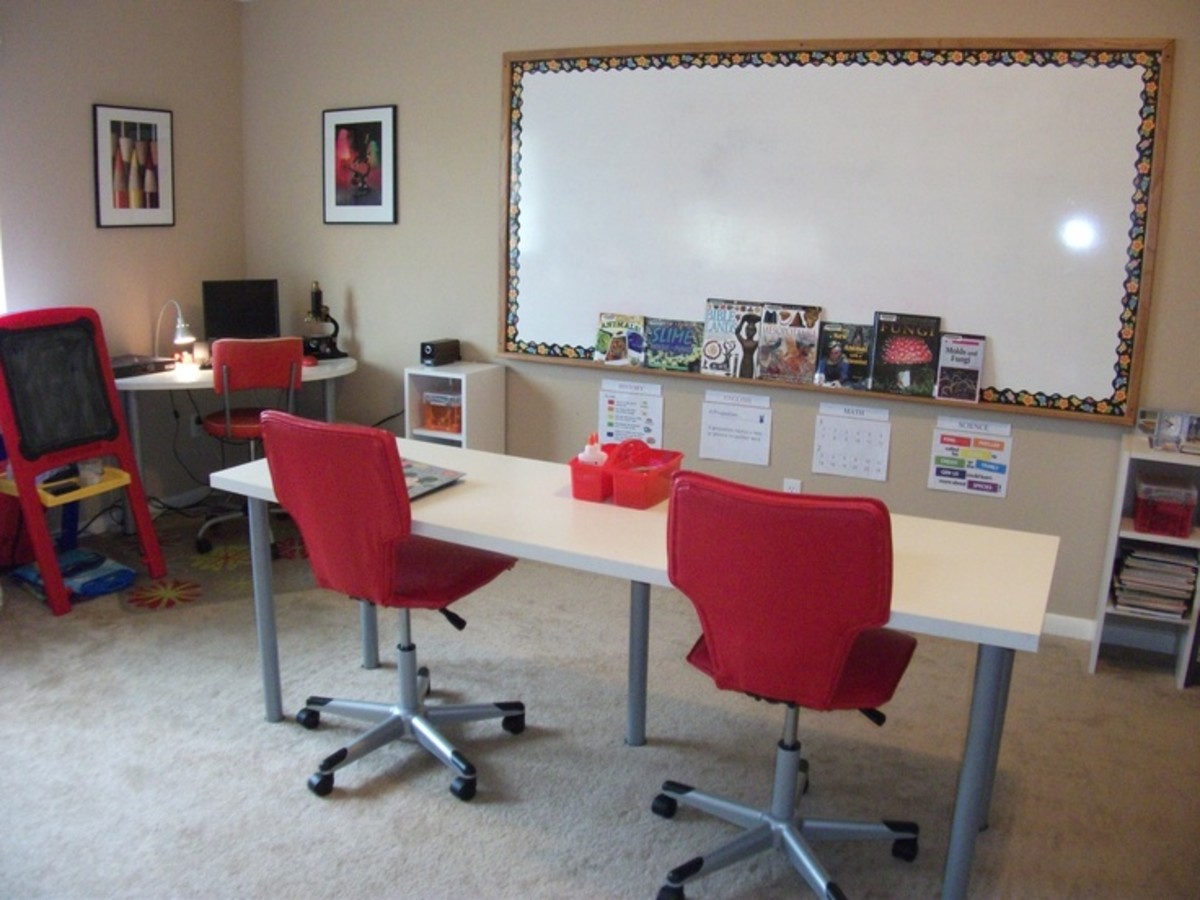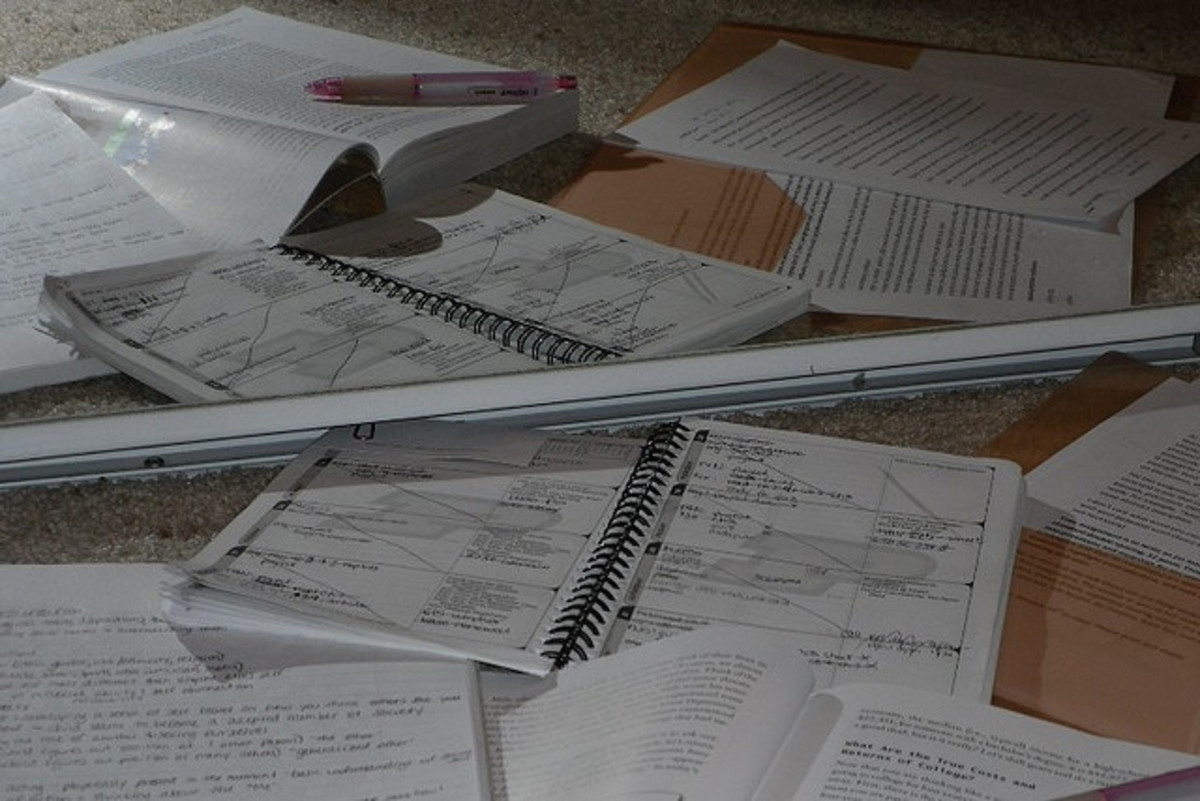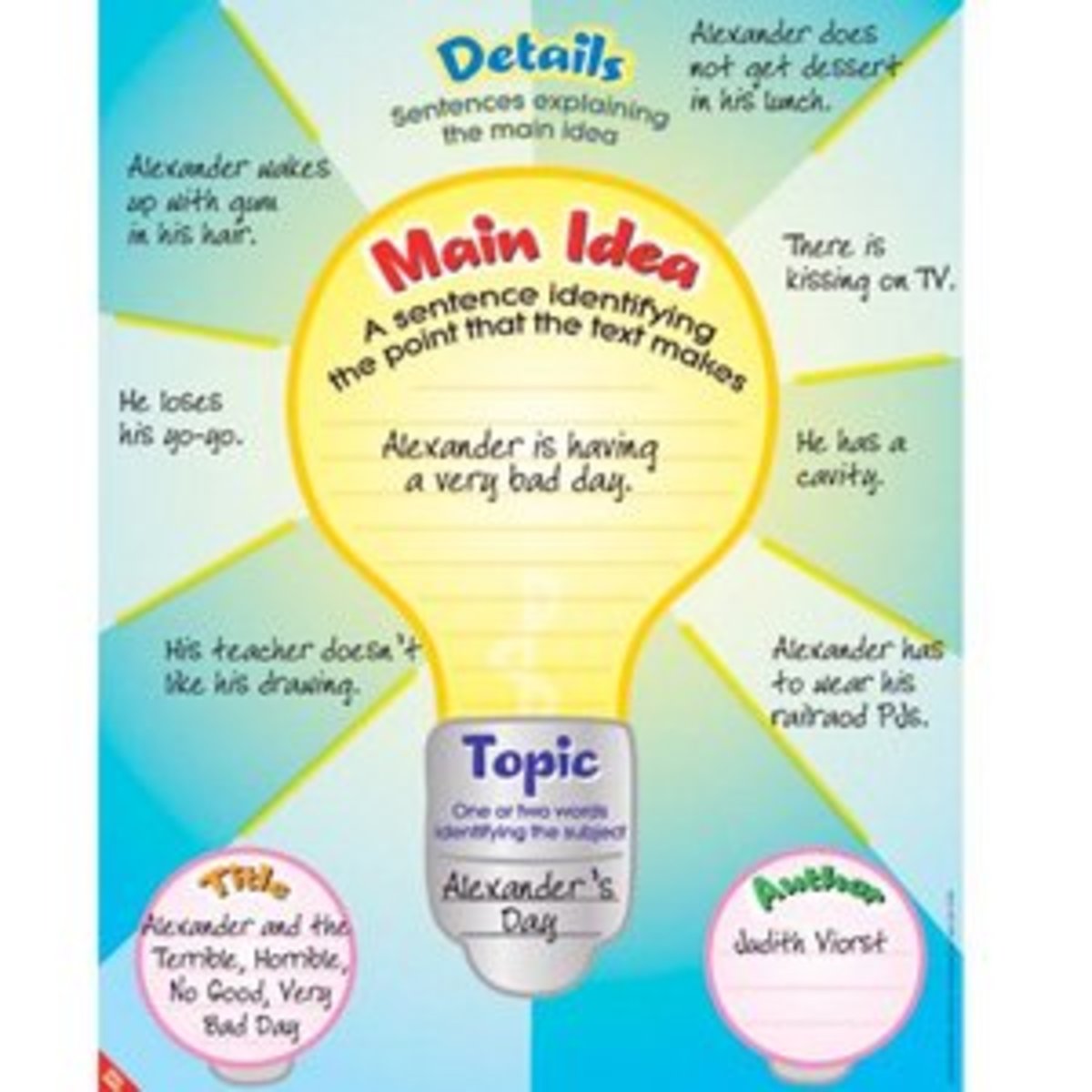Teaching Struggling Students/Children

Don't Wait Until The Kids are Frustrated....
Sometimes, teachers or parents wait too long before introducing different ways of learning subject matter. All children are not created equal. If everyone was born to be a rocket scientist, then who would run our restaurants, disposal service, sell us cars and other items, etc.? It is unfair to expect all children to advance at the same pace and perform at the same level in school if they are all taught the same way.
I'm not stating that children shouldn't be challenged or have expectations placed on them. I believe that even children who have learning disabilities be held accountable for work given to them at their academic level. I've been a special education teacher for 22 years and still love my job. However, I realize that many children who have academic needs do not qualify for special school programs and are expected to maintain a performance level within the regular education classroom. This is an extreme stressor to a child that possesses limitations in comprehension. Their brain is not wired like the average to above average student. They truly see symbols when they should be seeing numbers. They may perceive letters alike when the two letters are actually nothing alike. These are the students that "fall between the cracks" as educators state and it is just as frustrating for teachers as it is for the parents and most of all, the poor kids.
So, what can someone do to help these struggling students grasp the content? First of all, if a student is struggling because of a true inability to perform the task, modifying the assignment until she/he can grasp the idea is helpful. Instead of 25 problems, have them complete 1/2 of the number of problems until they feel confident to move on. Imagine being afraid of bees. You are forced to walk into a garden, filled with 100 bees and not flinch. This is what staring at a paper with multiple problems is like for a struggling student. If the garden had only 10 bees and there was some relief available such as the ability to follow a different path if you ran into a bee that seemed bothersome, the fear will not be exacerbated. If you cut the number of problems expected of a student that exhibits fear and becomes unwilling to accomplish the task, you may find that this will bring a bit of relief to the child and they will be more willing to attempt the task.
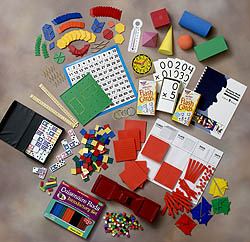

Use Manipulatives and Real Life Examples
I have found that the use of visuals and manipulatives (items that can be maneuvered, grasped and manipulated) are the best way to help struggling students learn concepts. For example, every teaching store or even stores online, sell manipulatives for math. These can consist of base ten materials, counting pieces, 3D pieces, flashcards, 100 charts and so forth. All of these can strengthen the understanding for the child. Base ten materials consist of ones, tens, hundreds and thousands, made up of plastic cubes, rods, flats and larger cubes. Since our math system is based on the base 10 system; with ones, tens and hundreds, the children learn how to regroup with addition and subtraction using these blocks. Your flashcards will help with the memorization of facts; a rote skill to accomplish but one that will help with speed when solving problems. 100 charts teach patterns in math for adding, subtracting, multiplying and dividing. I also use 100 charts to teach all of these concepts.
If teaching fractions, use chocolate bars or pizza and let the children "eat" their fractions but only if they get it correct! Any kind of food helps to teach fractions and decimals. The children are eager to eat their results and often catch on quickly because of this. A bag of candy, like M & M's can teach ratio, graphing and probability.
When ever a child is struggling with math, look around your house for items that can be used for counting, splitting, eating and so forth. All of these methods will help your child visualize the task and therefore, ingrain it more effectively in their mind.
I am a firm believer that we learn best from doing. Seeing and hearing help 1/2 of the population become successful. Doing the problem by manipulation, will allow the child to actually experience the task and therefore, promote comprehension.

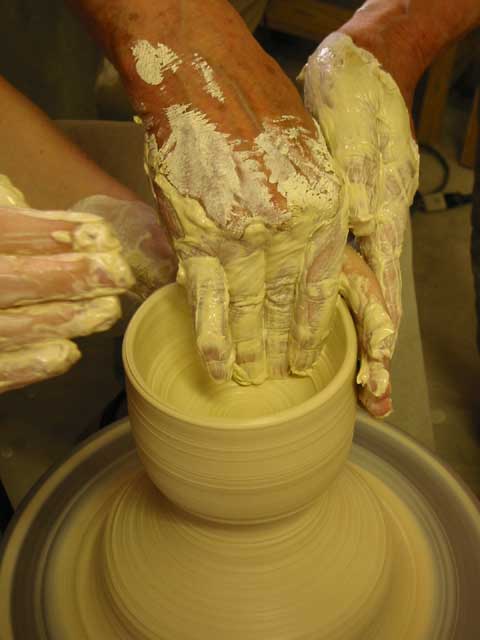


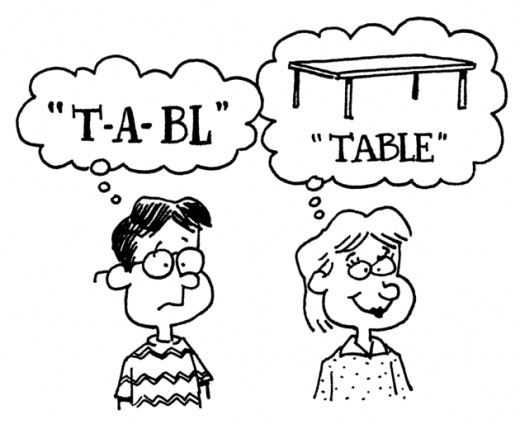
Social Studies and Science
What better way to learn about history than visiting a graveyard? Not only can students make gravestone rubbings and view epitaphs and grave markers 100 years old and beyond, they can learn about rocks and minerals as well by identifying the commonly used stones such as marble, feldspar, granite, slate and gypsum. This trip can couple many teaching moments together. Epitaphs also teach reading styles; the older graves have unique ways of expressing thoughts and students can compare those stones with more recent graves to examine the style and different ways people express their sorrow for their lost ones.
If teaching information about another country, why not do an art project that exemplifies that country? Instead of talking about a culture, live it! Cook some of the food, make art, play games from that country. The Internet provides everyone with a click away from being an expert about anything you want to research. I get most of my ideas from the web so that each year I can bring in new and exciting lessons to the kids (I have most of my students for 2-5 years). Parents, you can do the same at home if your child is studying something of great interest to them. Not only will your child feel as if you are vested in their education, you will enjoy these unique activities yourself!
One of my favorite lessons deals with rocks and minerals. Use cookies as an example to "break up" like a rock. Observe the different particles in the baked good and name them sedimentary (like sand, breaks easily), metamorphic (hold together better than sedimentary, can change it's shape without falling apart) or igneous (very hard). Then, you and your child can eat your rock!
Vinegar and baking soda are two components that make learning science and forming gases a blast! Find different ways to use these two items to make learning about chemistry more fun!
Whatever the task; studying dates, people in history, events, studying science terminology; help your child visualize the item being studied. Either by looking at pictures to form a mental image of the event, watch a movie (YouTube often has many different movies you can look at-just preview before showing your child!) or visit a museum. Hands on experiences make the difference between forgetting quick facts or remembering them.
Their, There or They're?
Reading and writing are often the most difficult for the struggling student. English is truly the most difficult language to learn. We have so many rules and exceptions to the rule in reading, writing and spelling. We use so many slang terms and statements that have nothing to do with what they are referring to; such as "bad" for something good, or "cool" for something that's is really neat. It is difficult for people of other countries to learn our unusual language; can you imagine growing up in America and still struggling with it?
Using a visual with a word will help kids with remembering words. I realize that not all words can be taught this way. The key is to have a child begin to read without looking at a picture as they progress in their reading. I use the Project Read method and Guided Reading and find the coupling of these two methods help increase reading and comprehension immensely.
Project Read is a phonetic-based program that singles out the specific rules in reading and writing; as well as spelling, and teaches the children some mnemonics that help them remember. For example: Sammy Loves Fried Zebras is a spelling rule. If a word is one syllable, has one short vowel and ends in SLFZ, you double the last letter (pass, fizz, full, fluff). Of course, gas and bus are two exceptions to the rule and the children are taught the exceptions too.
Guided Reading is a program where children read literature that begins with large pictures and minimal words on a page. As they advance, the words are repeated through the various levels and the pictures become smaller as the text increases per page. There are many levels that children progress through and the children move at their own pace, with frequent testing to see their percentage of words missed out of words read. When they reach 95% or higher, they are ready to move on to the next level. Who ever states that pictures and words should be kept separate, doesn't know what they are talking about. Children need visuals to aid them with comprehension and remembering text. It is through repetition and exposure to using the words with sights and visuals that they begin to feel natural in reading repeated words.
There are some words that cannot be sounded out nor have pictures to help describe them. I call these red words and these words are put on flashcards and practiced through the week. Practice and recall aid in learning. Running a copy of the Dolch Word List also can be used to help read words. This list has the most commonly used words in children's literature.

Children Are Individuals
I am a firm believer that EVERYONE can learn. I also believe that we all learn differently and one size does not fit all. It is important that parents and teachers form a team and support each other. Blaming each other for lapses in ability or failure on tasks on part of the child will not help anyone succeed. Teachers do have a guideline that they must follow; like it or not (and truthfully, most do not like it), which means that they must progress forward, even if every child in the class hasn't grasped a concept. Some teachers are very creative and find ways to accommodate the high and low learners but it isn't easy. With cuts in the classroom and in the school districts in general, classrooms have grown in size but help for the children has decreased in many cases. If you have time, volunteer to help with tasks in the classroom. Ask the teacher if you can help with thinking of creative ways to assist the slower learners in the classroom a couple times a week. Help your own children by enforcing a positive view of academics by involving yourself in providing visuals and manipulatives and help on a daily basis. You can't just throw things at your child and expect them to learn. Most important, don't tell your kids that you always hated that subject or had difficulty with it too. This is a self defeating behavior that you model to your child and it gives them permission to give up.
Most importantly, don't you give up! Your child is your most precious investment to the school. Learn your rights as a parent but don't be someone that attacks or accuses or you have ruined the chance to become an advocate for your child. Realize that while you have your child at home, the teacher has 25-30 kids in their classroom; all with different learning styles and he/she must attempt to teach in a way that 90% of them will grasp. It isn't an easy task. It is however, your child's right to learn and as a parent, they count on you to guide them through school more than anyone.
If you would like to know more about the programs I mentioned or would like some ideas on how to teach various things, please feel free to ask. Nothing beats the joy I get inside seeing that "light bulb" go off above a child's head when they finally understand something. I want you to experience that too.
© 2009 Laura Cole



